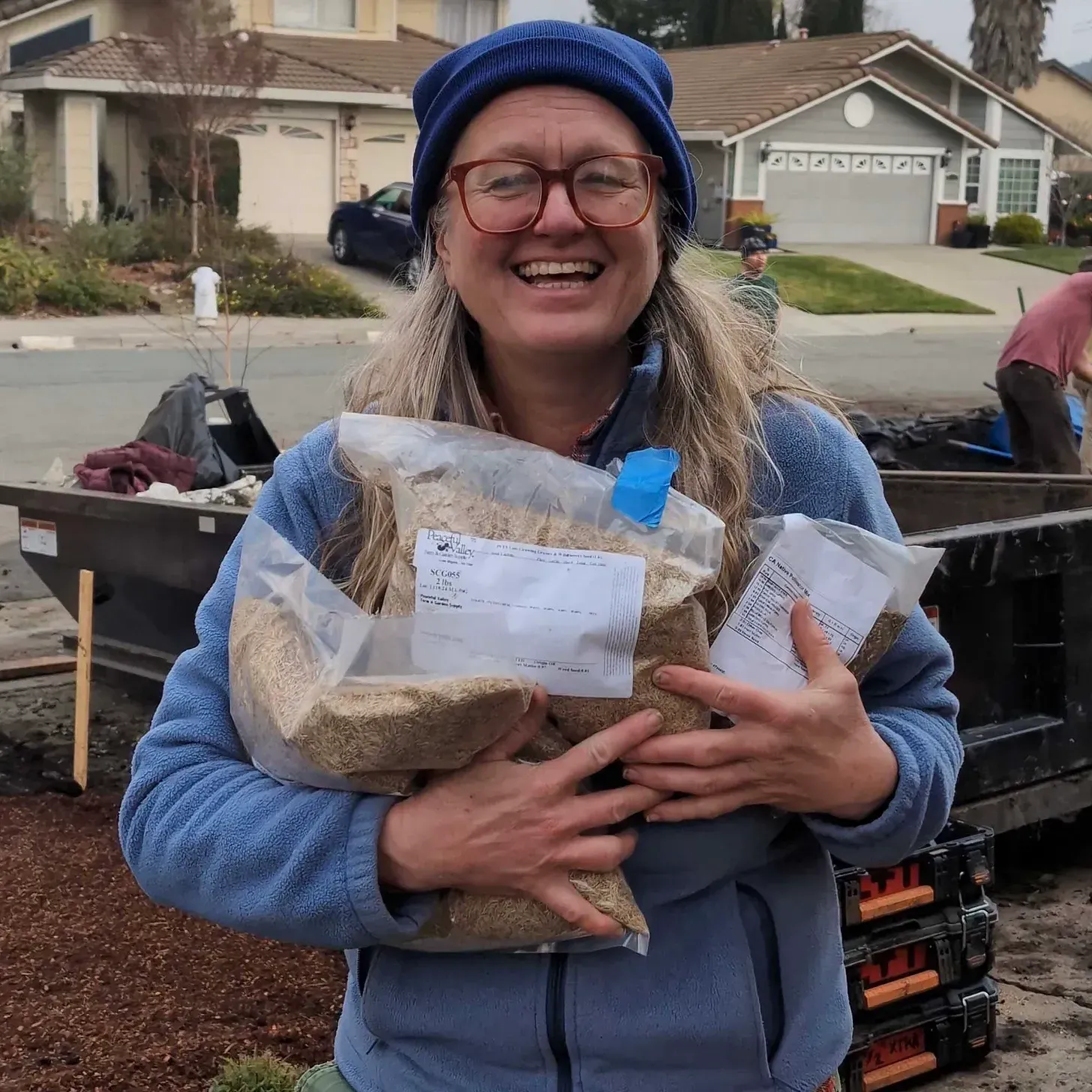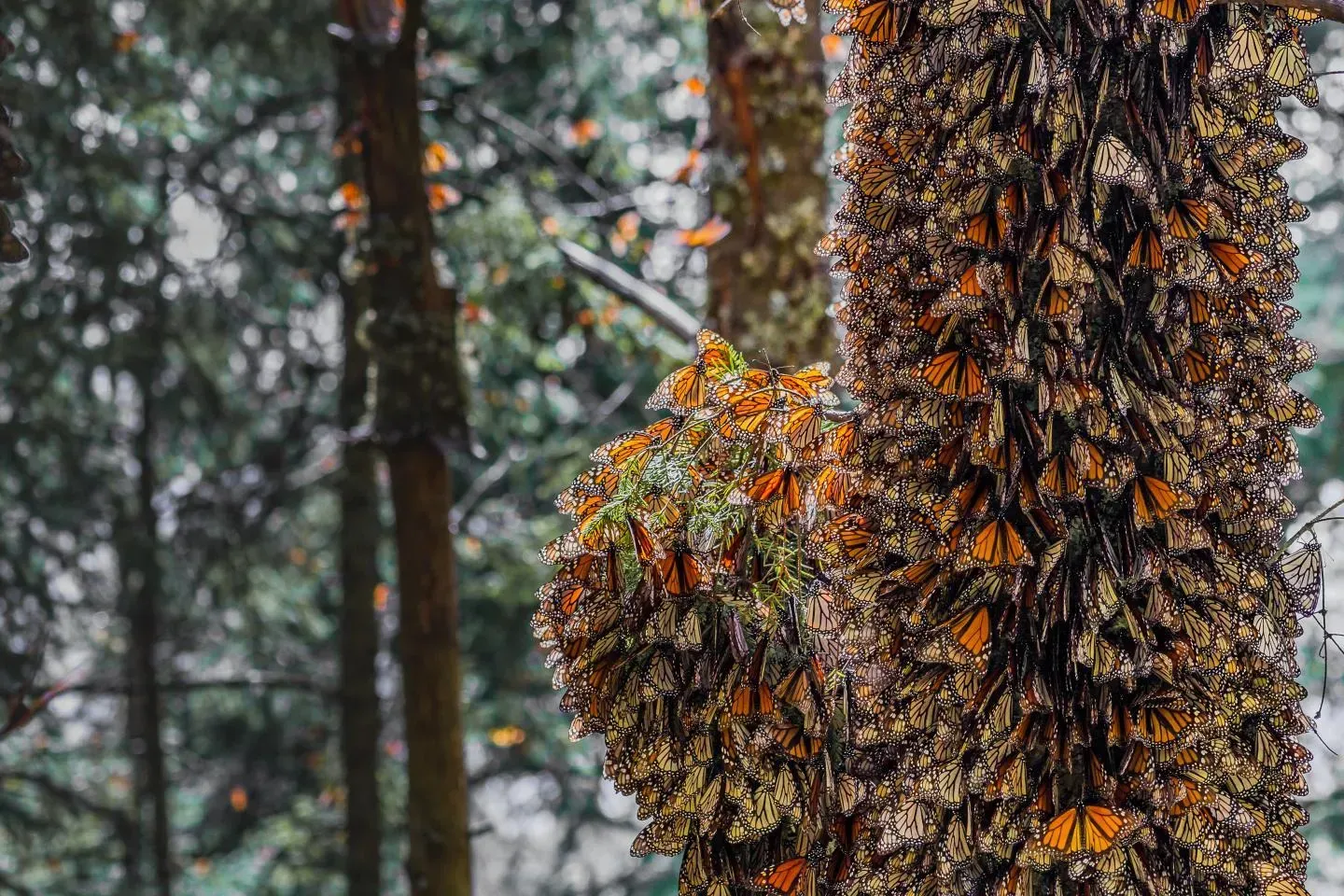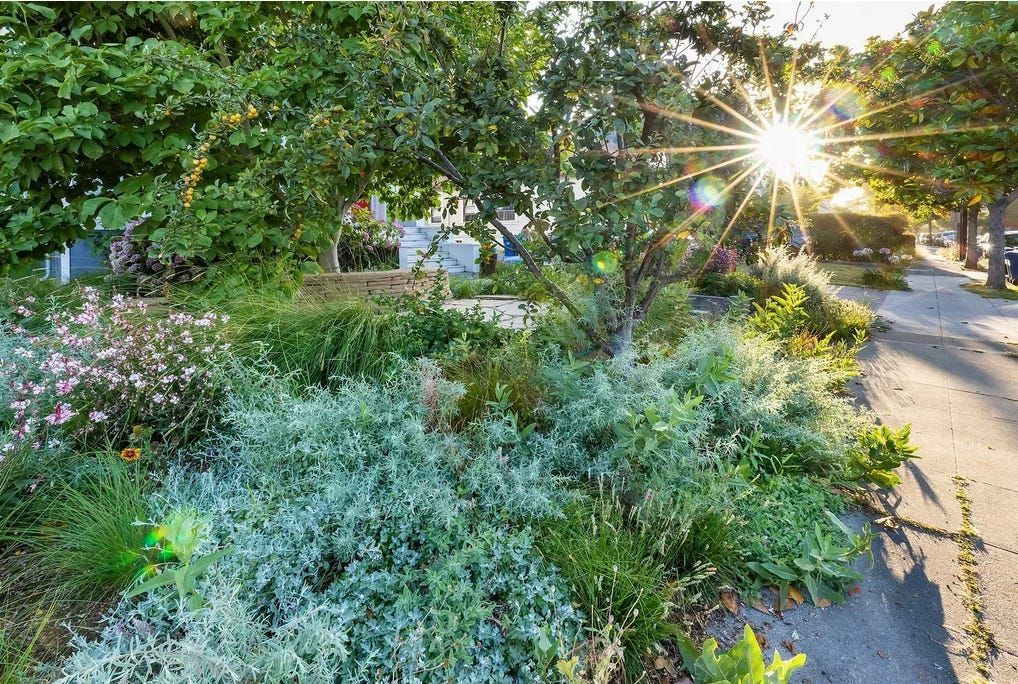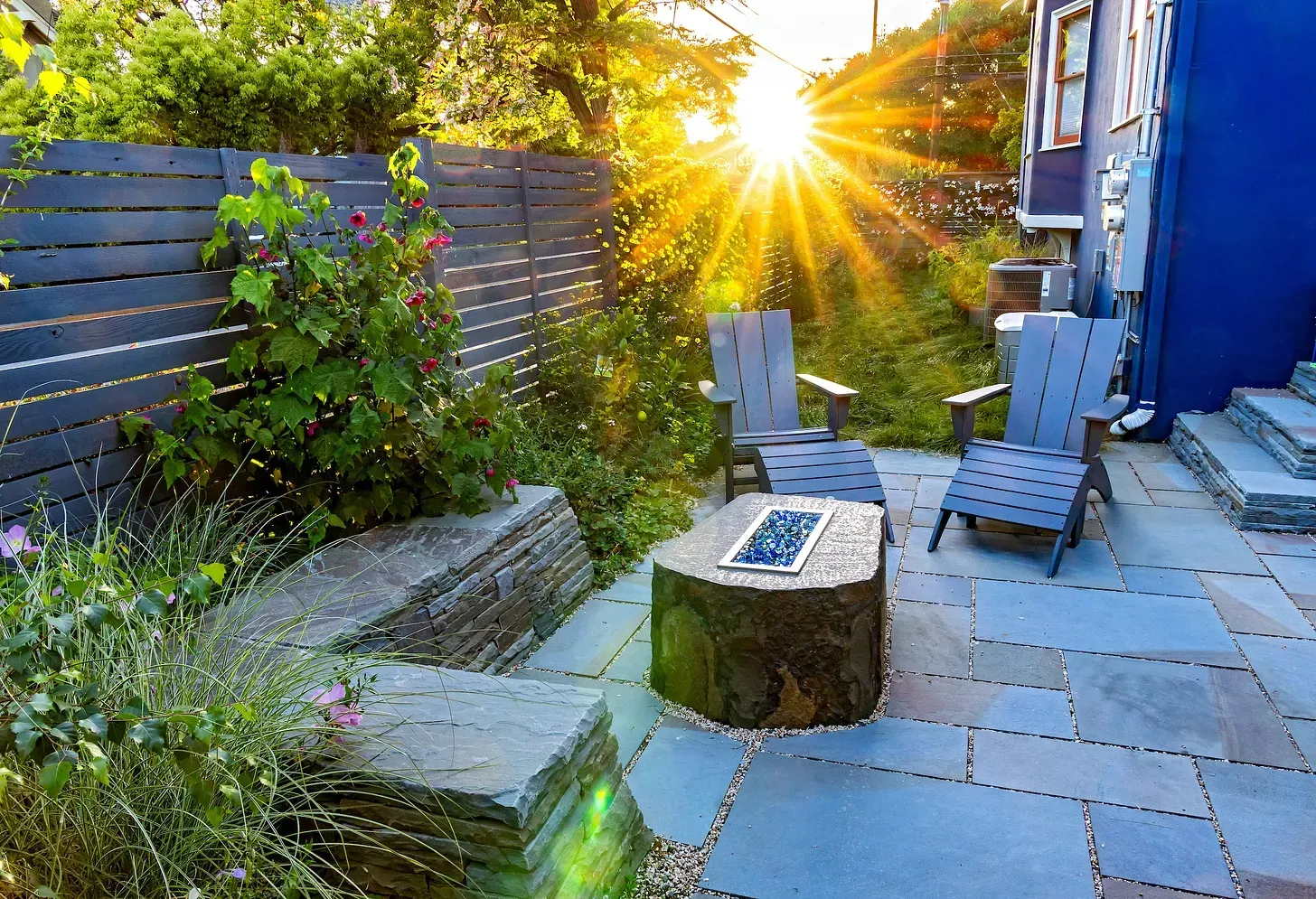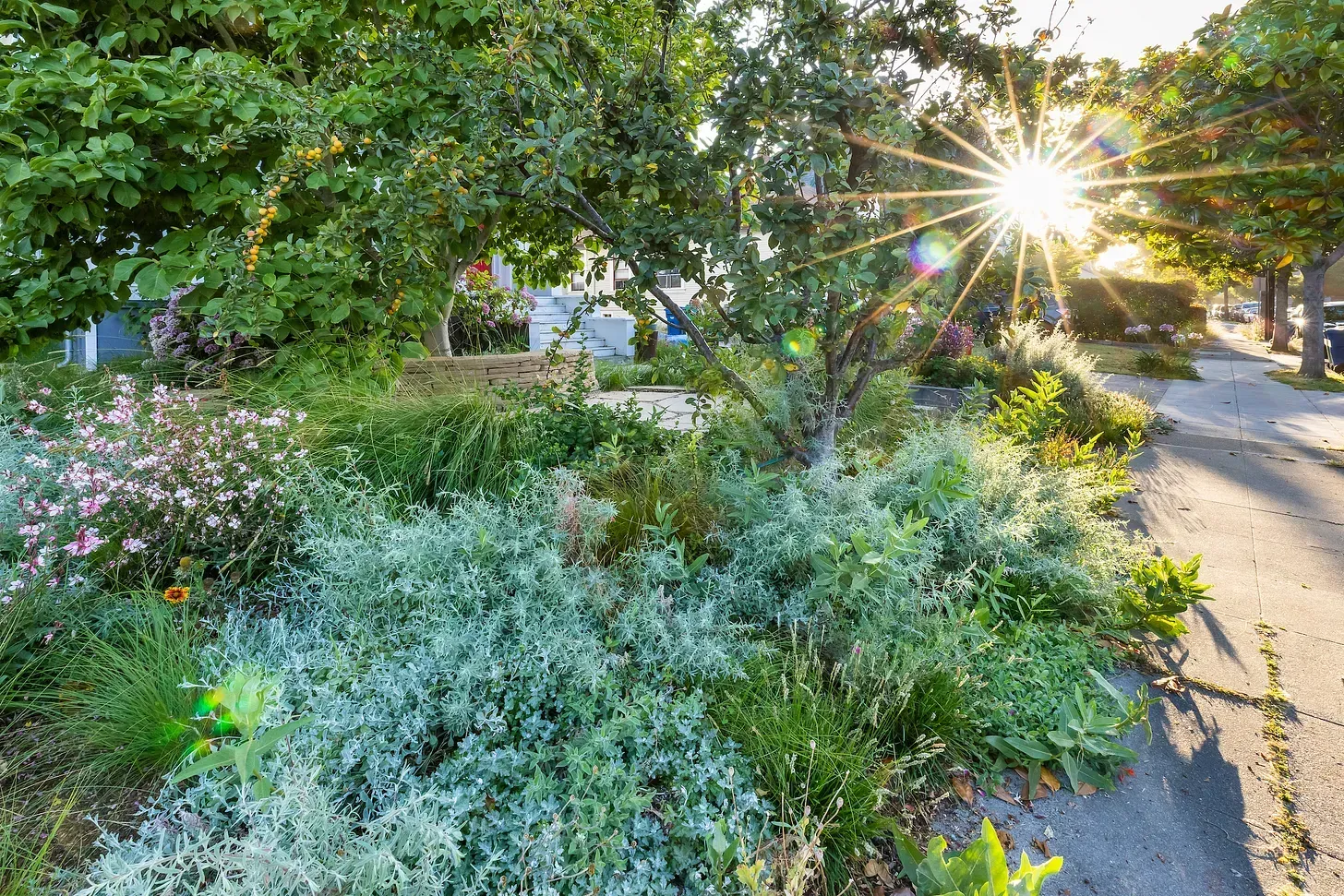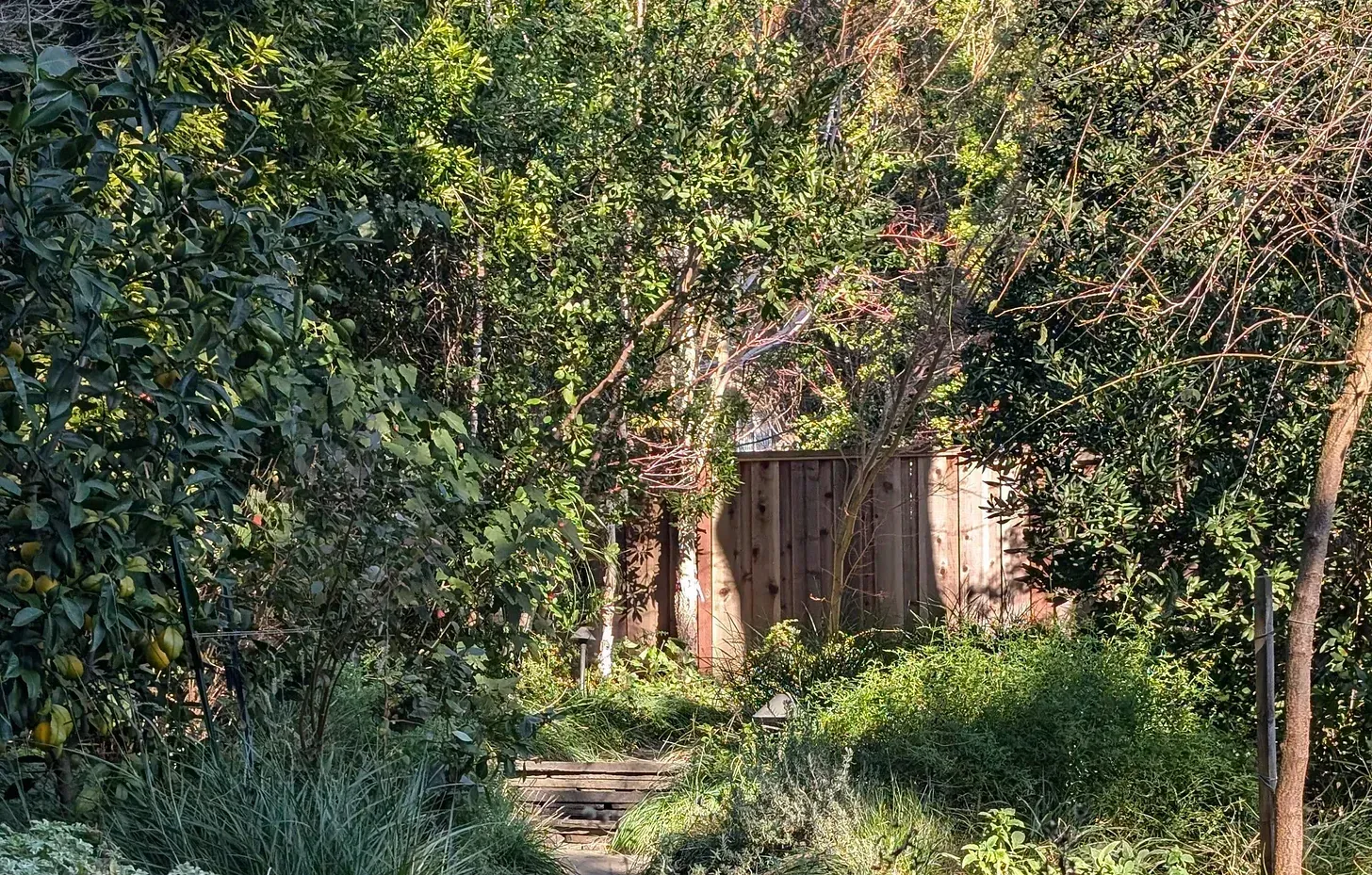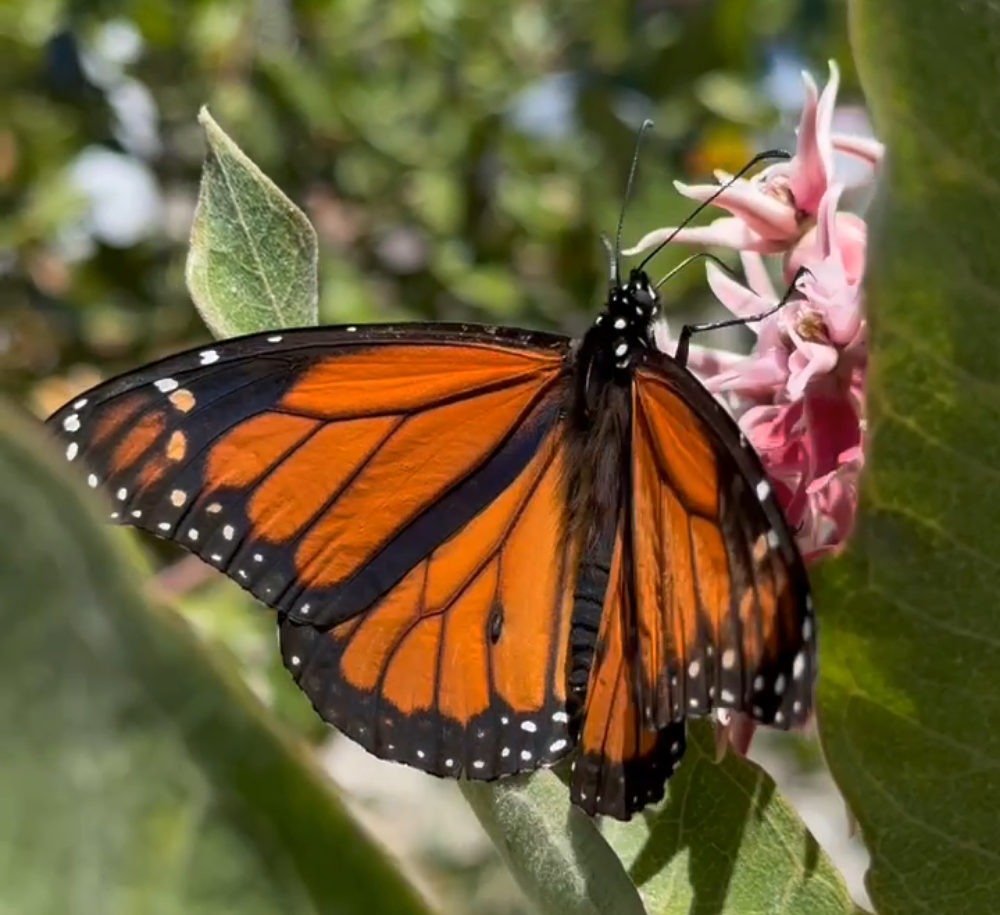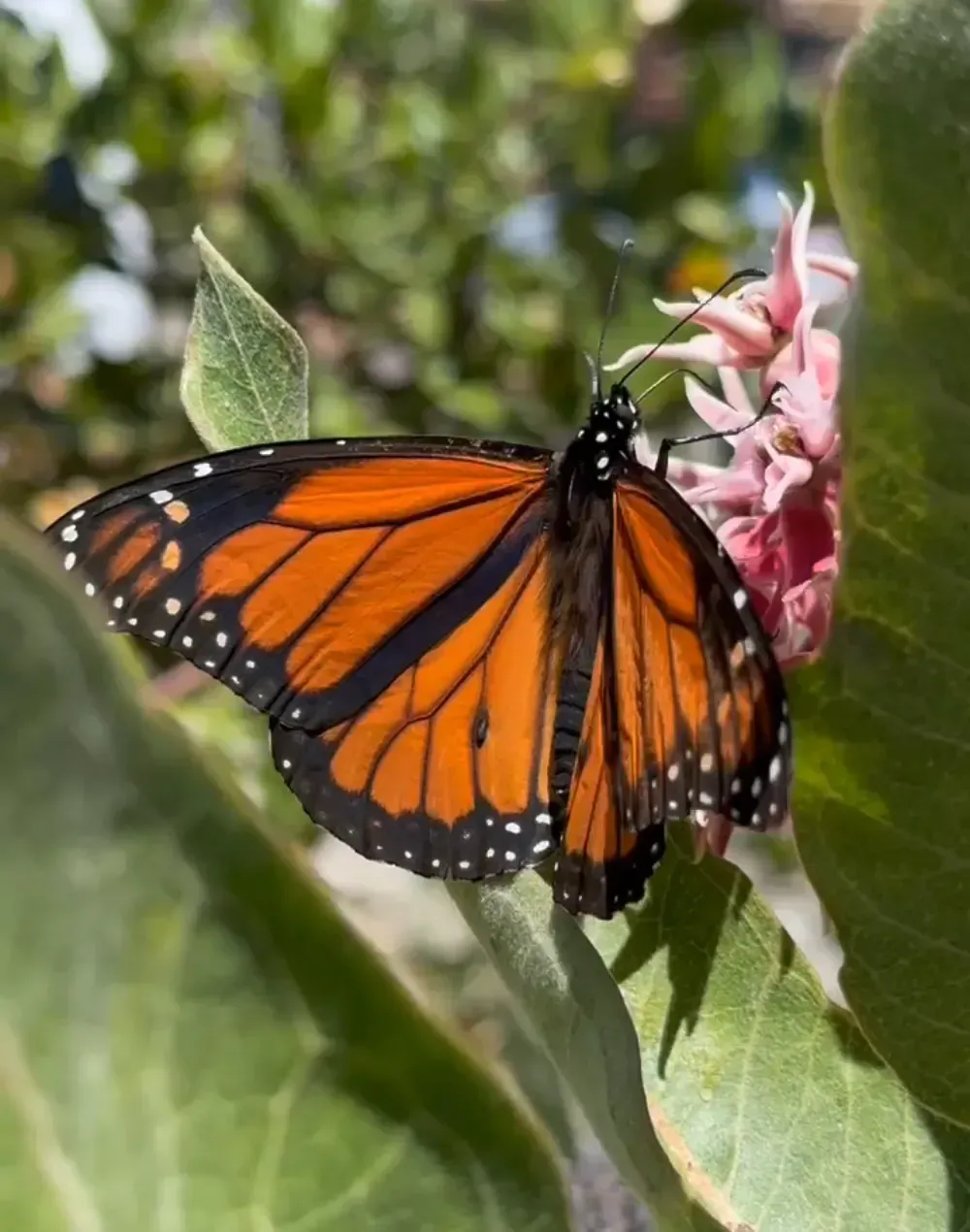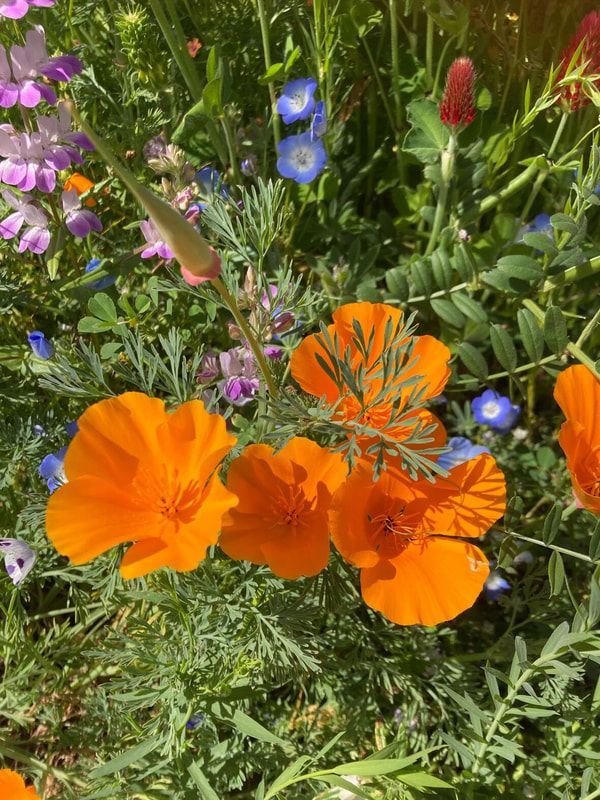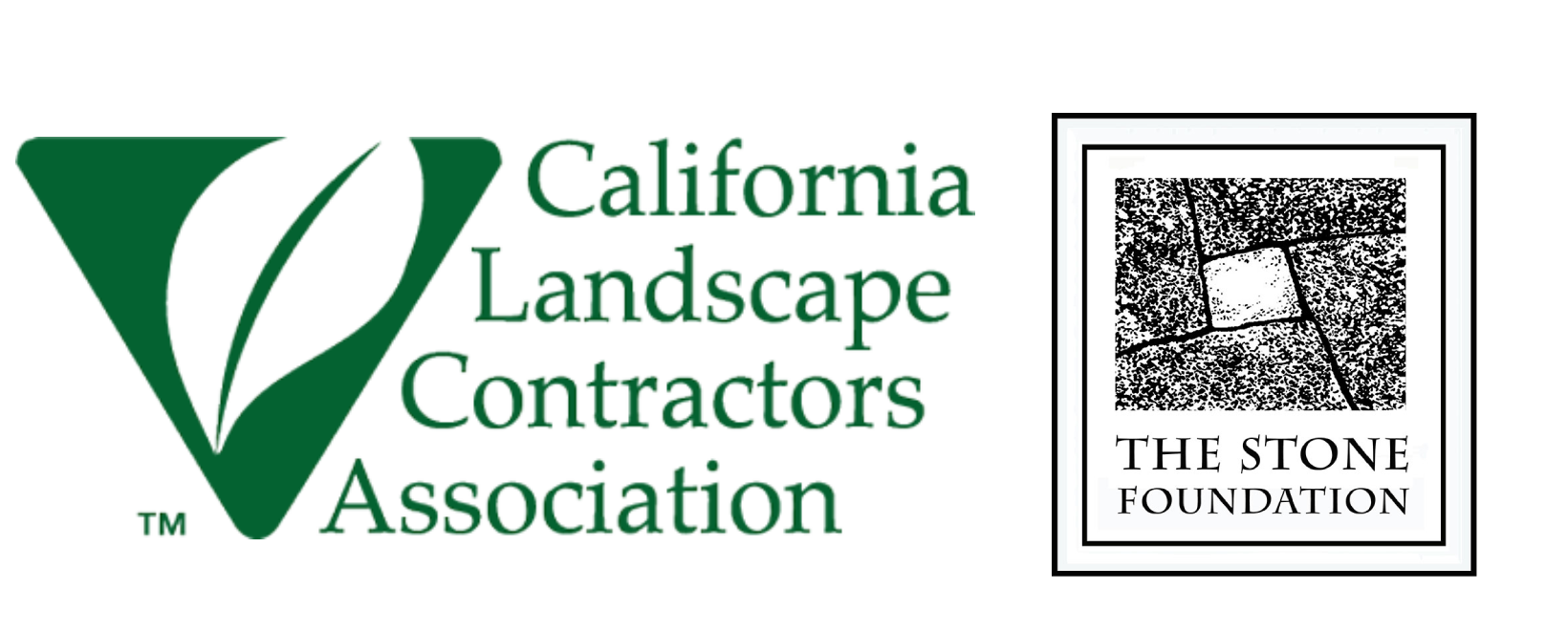Bay Area Winter Gardening: January Tips & Tricks
How to cultivate life in your garden and provide more habitat for pollinators!
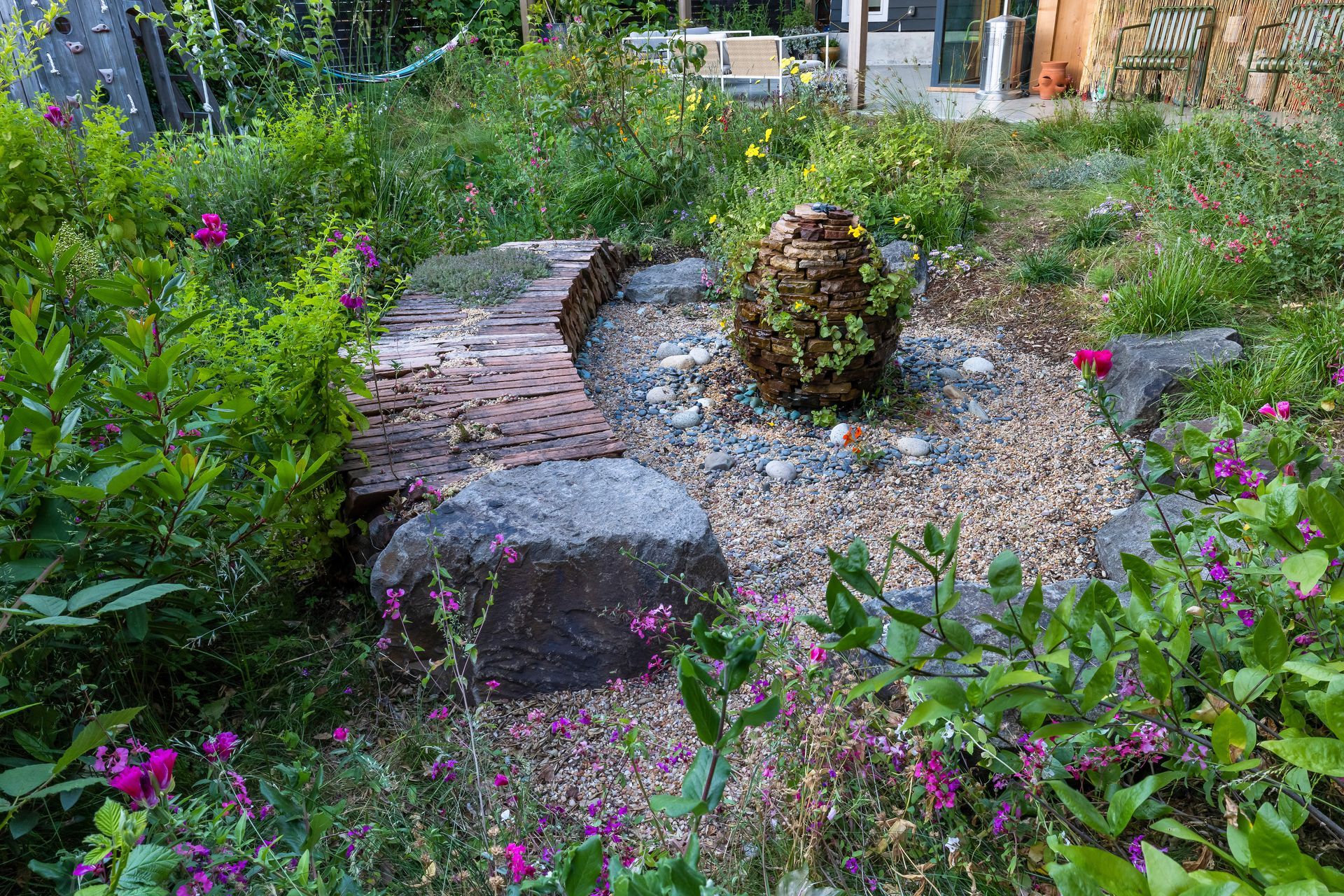
The winter months are the time of year when many of our butterflies and other pollinators are hunkering down and spending the cold time staying safe in hibernation. With declining populations of butterflies and other pollinators, it is a crucial time of year to do what we can as gardeners to keep them safe. In this article, we will share tips on how to tend to your garden in the winter so that it is teeming with butterflies, birds and bees during the warmer months.
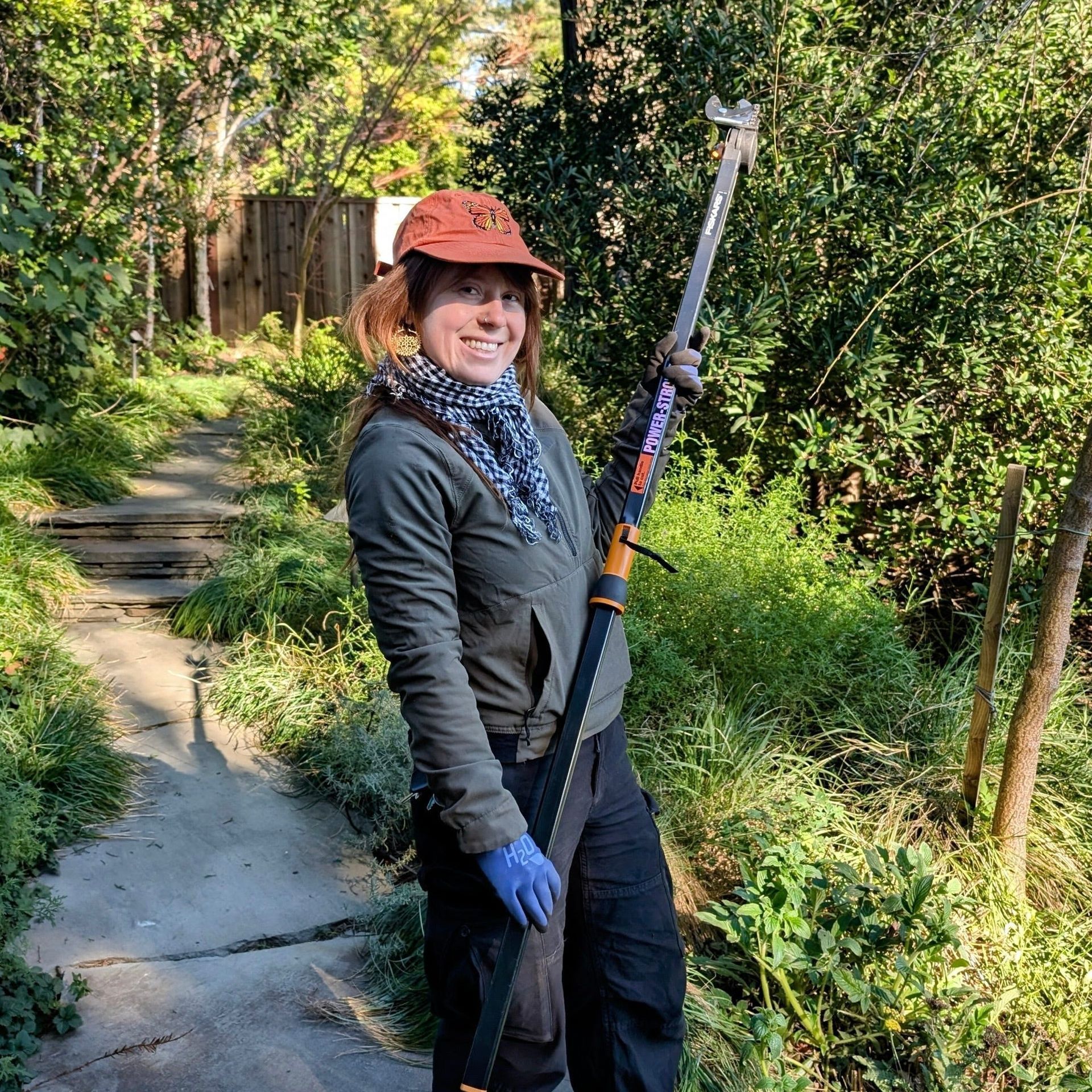
The holidays are over. The days are short, the nights are long. Winter is upon us in full force, and it is a matter of weeks or months before we are able to enjoy blooms and the bustle of life in the garden again. What might seem like the quietest of times in California gardens is actually a season of abundant opportunity for renewal and regrowth.
For many of us, the hum of the holiday season has meant we have neglected the outside of our homes and transferred our attention to the coziness indoors. Our gardens have been in the background, waiting patiently for our gaze again. But now, in January, it is time to look back outside, while we pine for sunnier days. As we look outside, it may seem that there is a lot of tidying to do. The gray skies mimic the decaying leaves, branches and seed heads in the garden. It can look so much like a scary movie, with signs of death instead of bright colorful flowers. Trees have lost their leaves. The once bright pink of the Echinacea now carries a skeletal form in its decline towards being taken back to the earth. Before we go out to clean up the mess and to bring the decay in line, let’s discuss what this dead and dying plant material is doing in our garden.
Habitat Pro Tip #1 KEEP YOUR LEAVES:
If you have any deciduous trees in your garden, you will have likely been battling the constant clean up of their incessant falling to the ground. However, underneath the smattering of wilted and brown leaves lives a caucaphony of life, working hard to stay fed and warm. Leaf litter is full of life from beetles, earthworms and ladybugs, to the eggs of walking sticks and the pupae of many types of pollinators. They find shelter under the leaf litter and there they lay in wait until the days get longer and they are ready to emerge once again in your garden.
Gardeners who keep their leaf litter in place to decompose over the winter will be rewarded with healthier soil for their plants. Leaves decompose by getting eaten by organisms both large (such as beetles) and small (such as bacteria and fungi). This process of decomposition of leaves contributes to the overall health of the soil by adding nutrients as the organisms break down the matter and release it as essentially, poop. The enzymes released from the microorganisms in the soil are taken up by plant roots and this exchange is what creates stability and health for your plants.
In addition to protecting the microbial life that contributes to the overall health of your soil, keeping your leaves strategically on the ground will also increase the number of pollinators in your garden come spring. Leaf litter creates a protective environment for many butterflies and other pollinators who either lay their eggs or get protection from the rain under the leafy layers. An abundance of life is protected and created in your garden from fallen leaves.
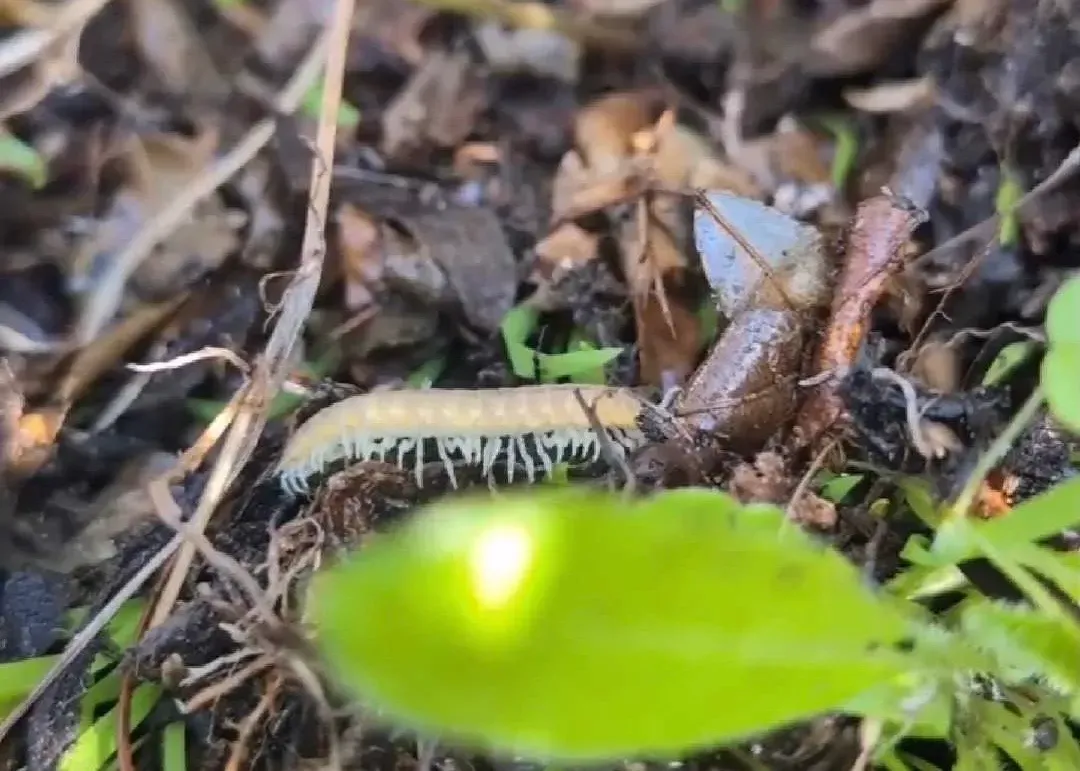
Habitat Pro Tip #2 KEEP SEED HEADS AND DEAD STEMS:
Perennial flowers such as Echinacea, Black Eyed Susans, Coreopsis and many others will flower and then go to seed. As gardeners, many of us see the seed head stage as the end of the life of the flower until next year. This causes us to want to clean up the dead and decaying material that is no longer showy. However, the seeds of these perennials will feed the birds in your garden. Seeds are food for birds and a much healthier alternative to a regular bird feeder. A perfect seed to plant for your birds are sunflowers. Leaving the seed heads of a sunflower is a guarantee to witness a diverse array of birds in your garden.
Once the seeds have been eaten by the birds, the hollow stems are another favorite hiding place for many butterflies and other pollinators. Many solitary bees have the habit of laying their eggs in these open stems during the fall months. The eggs will overwinter in these cavities, and emerge in the spring. So, keeping the stalks of perennials around until spring will increase the biodiversity of your garden.
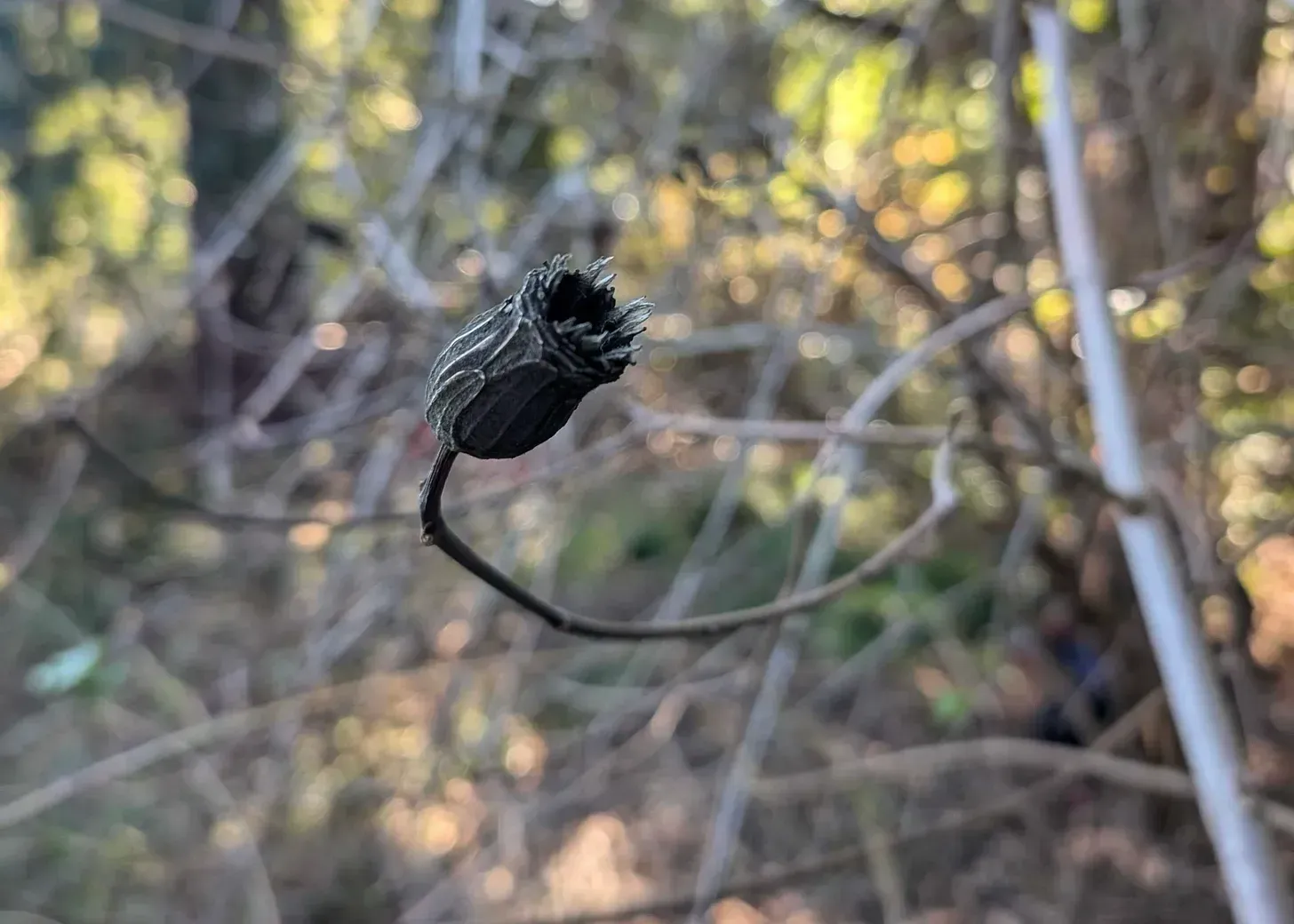
Habitat Pro Tip #3 SPREAD WILDFLOWER AND NATIVE GRASS SEEDS:
Winter is when we have the most rain in California, making it the time that native plants release their seeds to germinate using the seasonal moisture. January is one of the best times to sow seeds of native (and adapted) plants with the benefit of not needing any supplemental irrigation, in most cases. Seeding is one of the best ways to have strong, vigorous plants with healthy root systems! And after a few months, seeded areas can catch up or even fill in better than planted ones. Seeds have the added benefit of being very budget-friendly compared to their potted counterparts.
At Mariposa, we only remove leaves from the hardscapes such as patios, pathways and grassy meadows during winter garden care sessions with our clients. Leaves that fall within the garden beds are left to enhance soil fertility and provide a soft bed for beneficial insects. We also leave seed heads, as they are a vital source of food for songbirds and more. Hollow stems of plants that have gone dormant for the season also act as shelter for leaf cutter bees and other hibernating pollinators.
Habitat gardens are a little bit wild for the wildlife, and we love them for it.
